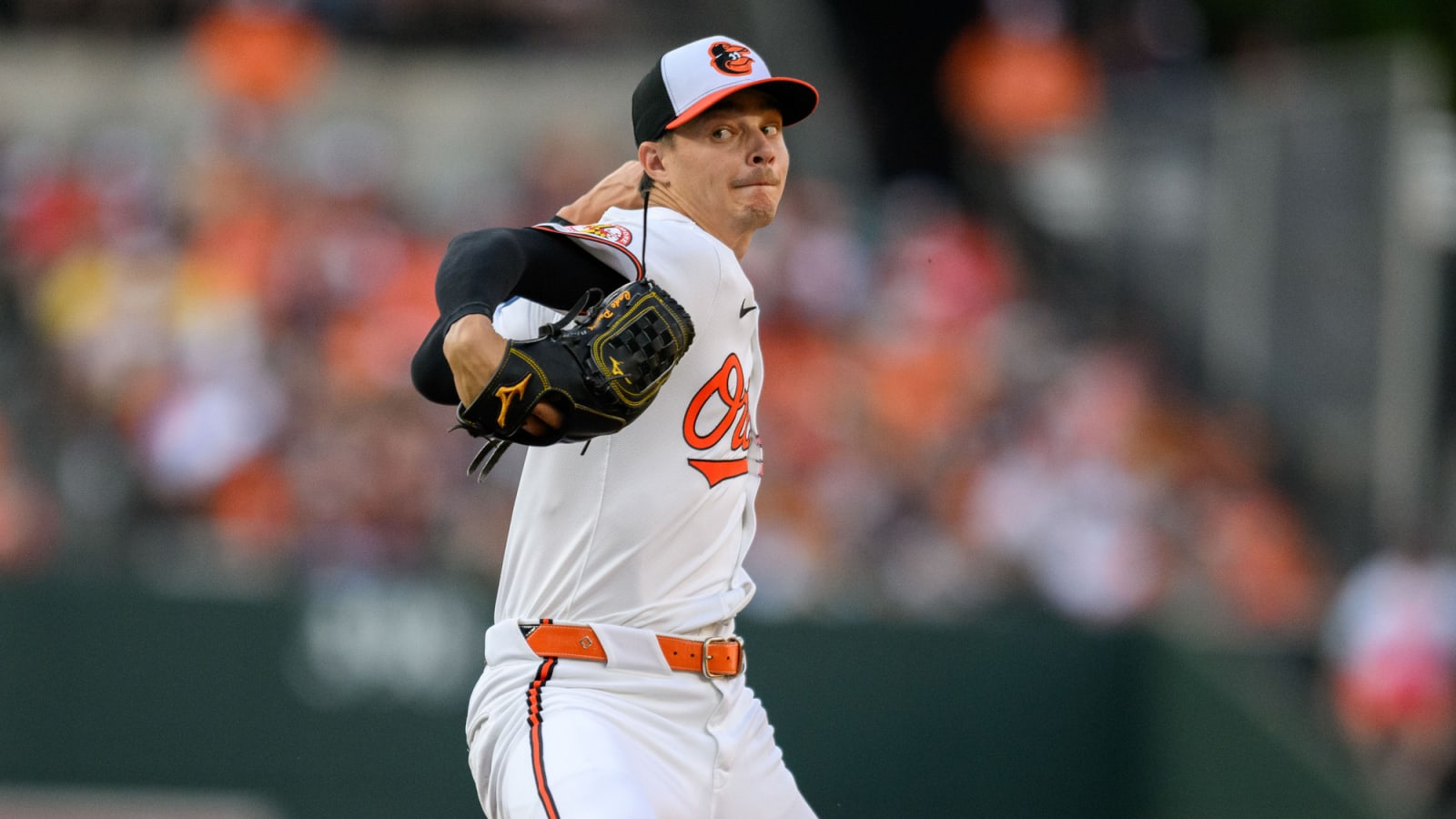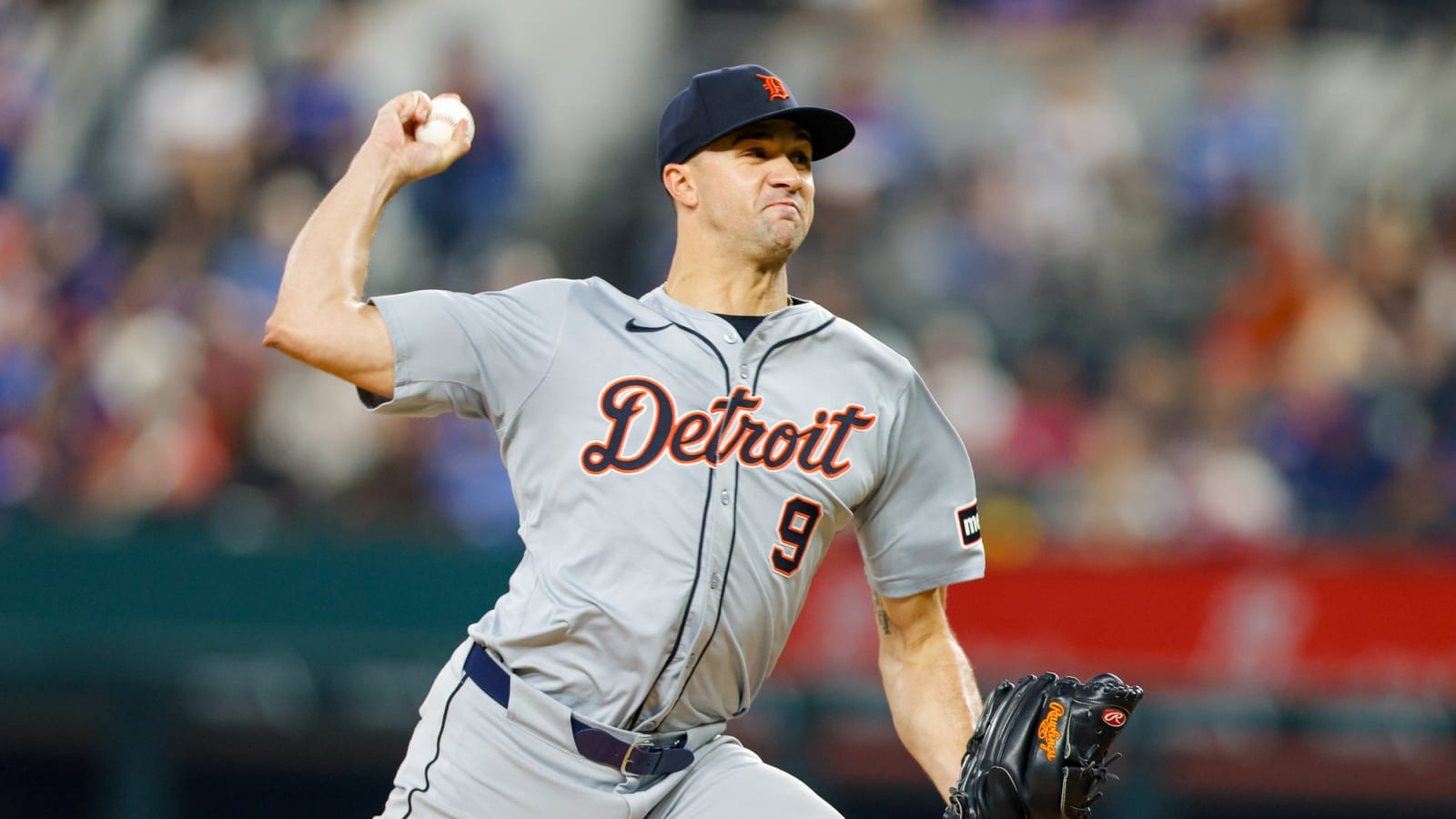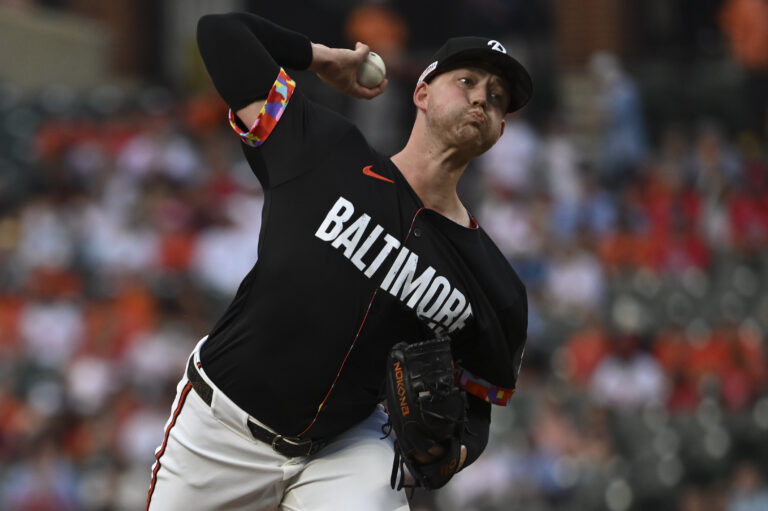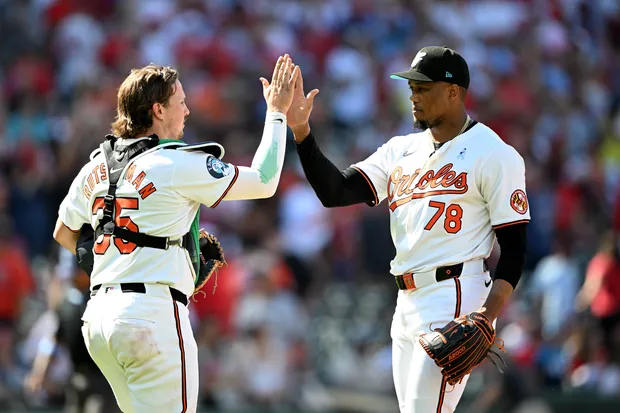In the often unpredictable world of Major League Baseball, trades can make or break a team’s season, sometimes altering the trajectory of franchises for years.
One such deal that has recently sparked significant conversation among baseball analysts and fans alike is the trade between the Baltimore Orioles and the Minnesota Twins, which saw Jorge López move to Minnesota.
In hindsight, it appears the Orioles might have orchestrated one of the more lopsided trades in recent memory, potentially setting themselves up for a bright future while leaving the Twins with more questions than answers.The Trade Details The trade in question took place on August 2, 2022. The Minnesota Twins, in the thick of a playoff race and seeking to bolster their bullpen, acquired reliever Jorge López from the Baltimore Orioles. In exchange, the Orioles received a package of pitching prospects: Cade Povich, Yennier Cano, Juan Nuñez, and Juan Rojas. At the time, the move seemed sensible for the Twins. López was having a breakout season, boasting a 1.68 ERA with 19 saves in 44 appearances. His ability to shut down games was seen as a crucial addition to a Minnesota bullpen that had been struggling with consistency.
On the other hand, the Orioles, who were in the midst of a rebuild, were focused on stockpiling young talent to develop for the future. López’s Struggles with the Twins However, López tenure with the Twins did not go as planned. After joining Minnesota, his performance declined significantly. In the remaining months of the 2022 season, López posted a 4.37 ERA in 23 appearances, a far cry from his All-Star first half with Baltimore.
His control issues resurfaced, leading to a higher walk rate and more blown saves than the Twins anticipated.The 2023 season did not bring better fortunes for López or the Twins.
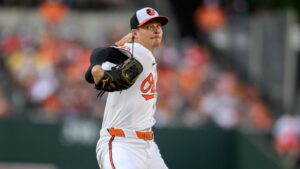
Despite the team’s efforts to help him regain his form, López continued to struggle, finishing the season with an ERA north of 5.00. His inability to anchor the bullpen put additional strain on Minnesota’s pitching staff, contributing to their eventual playoff shortcomings.Orioles’ Return on InvestmentWhile López’s decline was disappointing for Minnesota, the Orioles began to see the fruits of their trade. The centerpiece of the deal for Baltimore was Cade Povich, a promising left-handed pitcher. Povich quickly ascended through the Orioles’ minor league system, showcasing a combination of command and strikeout ability that had scouts raving. By 2024, Povich was considered one of the top pitching prospects in the Orioles’ organization, with many believing he could be a key rotation piece for years to come.Yennier Cano, another arm acquired in the deal, also provided immediate impact.
After a brief stint in the minors, Cano was called up to the Orioles’ bullpen where he delivered several solid performances. His versatility and effectiveness in high-leverage situations made him a valuable asset for the team.The other two prospects, Juan Nuñez and Juan Rojas, continued to develop within the Orioles’ farm system, adding depth and potential future talent to an organization that was steadily climbing back to competitiveness.Long-term ImplicationsIn the grand scheme of things, this trade appears to be a significant win for the Orioles. By turning an overperforming reliever into multiple promising prospects, Baltimore not only accelerated their rebuild but also positioned themselves for sustainable success. The trade exemplifies a shrewd front office move, leveraging a player at peak value to secure assets that align with the team’s long-term strategy.For the Twins, the trade serves as a cautionary tale about the volatility of relievers and the risks associated with mid-season acquisitions. While their intentions to strengthen the bullpen were clear, the execution and subsequent performance of López highlighted the inherent uncertainties in such deals. Minnesota now faces the challenge of reassessing their bullpen and making necessary adjustments to avoid similar pitfalls in the future.
